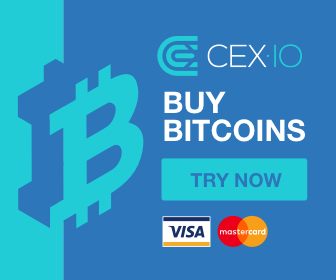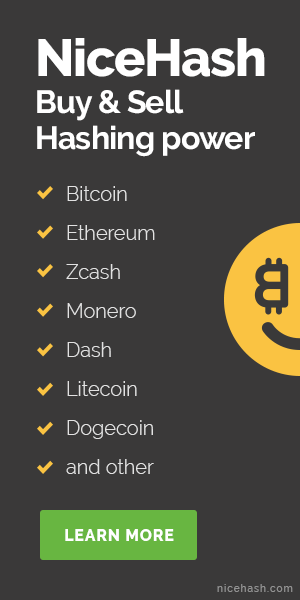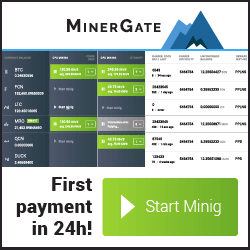A great exchange meant
for more advanced users, but
not without its flaws
If you’re an experienced user you might’ve already found a place to trade in with Poloniex, but there might also be new users that want to get into the game, which is why we’re doing this review.

We’ll be covering everything you need to know about Poloniex, so let’s get started.
What does it offer?
As you would expect from an exchange that is tailored towards experienced users that tend to trade large volumes of cryptocurrency, Poloniex offers the following features:
1. An open source, high quality trading GUI meant for experienced users.
2. Support for a large number of cryptocurrencies.
3. Support for over 90 trading pairs.
4. Margin trading.
5. BTC lending.
6. Trading fees that adjust to the users trading volume.
What does the community think of it?
Looking around the most popular cryptocurrency forums and communities will let you know that opinions about Poloniex are mixed to say the least. You got a large quantity of users that recommend it due to their features aimed at experienced traders and its open source nature, but you also got another large percentage of users disappointed at the very bad customer support and occasional withdrawal issues. These might seem like minor issues but they’re really not.
Average customer support can be dealt with, but taking 6 months to respond a ticket (you can find multiple reports of this happening) are way below what average customer support would be. More importantly however, issues with withdrawals are very serious and it’s disappointing to see that Poloniex is taking so long to address this.
Poloniex also had a rough start, with a lot of issues during its early years. Luckily, they handled everything so well that their reputation on that side of things is intact.
Pros & Cons
Pros
- An open source trading interface that allows you to learn about how Poloniex works.
- An API that let’s user develop tools to further improve their experience with Poloniex.
- Very fair, transparent and well-structured fees that depend on trading volume.
- High and healthy daily trading volumes.
- Support for a high amount of pairings (90+)
- The option to do margin trading.
- BTC loans.
Cons
- Terrible customer support.
- No mobile app to trade on the go or to keep track of the exchange.
- No phone support.
- Lack of fiat payment options.
- Occasional issues with liquidity and withdrawals.
Most of the cons aren’t something that should keep you away from Poloniex as most of these things can improve. However, there’s a very important problem that Poloniex hasn’t addressed, which are the issues related to processing withdrawals.
To sum it up
It’s a flawed exchange, but Poloniex is still going strong and has gained the trust of a lot of the community for showing their perseverance and commitment during tough times. That alone should tell you that they’re a platform worth looking into, as they still are one of the few exchanges that offers an experienced specifically tailored towards experienced traders. Some of its flaws are very important issues that must be addressed however, and with new competitors like Binance and Kucoin getting into the market, Poloniex should start stepping up their game too.
About Poloniex
Founded back in 2014 by Tristan D’Agosta, this cryptocurrency exchange has been consistently among the top ones in terms of trading volume up to this day. Back in February of this year, Poloniex has been ranked as the 14th largest cryptocurrency exchange, which is quite remarkable when you consider its history.
Poloniex had a rough run during its first year after it suffered a hacker attack where it lost 12.3% of all Bitcoin the exchange held. The attack was stopped on the 4th of March and the day after, the market was back online. However, there was still a matter that needed to be addressed: the lost funds. This is where D’Agosta made the decision to even out all balances to offset the losses by temporarily raising trading fees and paying the lost funds with their own pockets.
2015 and 2016 was pretty uneventful for Poloniex except for having to end service in New Hampshire due to new regulatory changes. They started to recover from their loss quite nicely and the way they took action got the crypto community and their customers to trust and respect the service a lot.
In 2017 Poloniex went through another rough patch after some losses happened due to DDoS attacks. It wasn’t particularly big and had more to do with the intention of manipulating the market, but nothing on the scale of what users speculate it was. Additionally, they also had to stop operations in Washington after the enactment of the Uniform Money Services Act. After that, a team of security researchers also discovered that the Google Play store hosted two fraudulent apps that where disguised to act as if they were associated with Poloniex.
By the end of the year, all of those incidents lead Poloniex to tighten up their security measures, starting by implementing an ID verification process for all traders that wanted to use the platform would need to go through.
After all of that, things started to go smoothly once again. Reports came out on February 2nd of 2018 from two unnamed sources that mentioned a potential deal between Circle and Poloniex, but both companies denied any of this was happened. Later on however, on the 26th of the same month, it was confirmed that Circle had acquired Poloniex for a deal allegedly worth £290 million.






